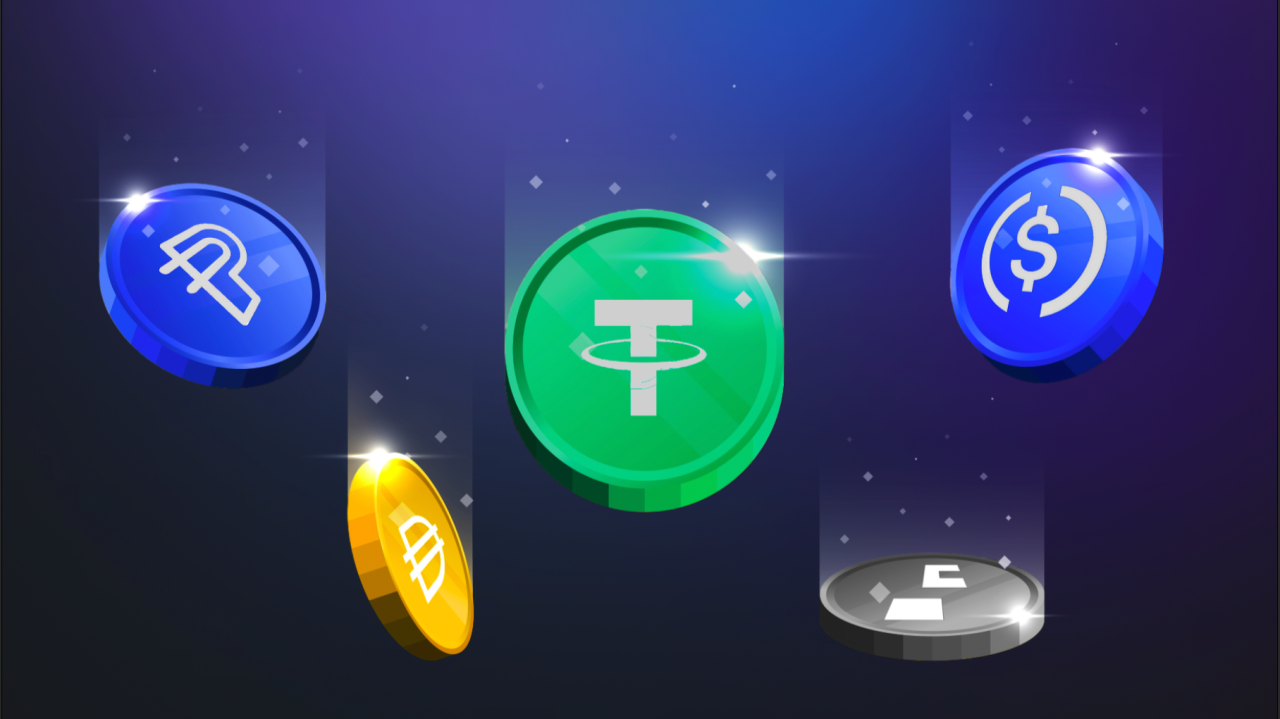Global enterprises are under increasing pressure to speed up financial operations. Whether it’s paying international suppliers, settling with cross-border teams, or handling corporate treasury, delays in payments can cause friction, cost, and even missed opportunities.
In this case study, we explore how a multinational enterprise reduced payment delays with TransFi stablecoin infrastructure, unlocking faster settlement times, lower costs, and more efficient treasury management.
The Challenge: Traditional Enterprise Payments Are Too Slow
For most large organizations, enterprise B2B payments still rely on rails like SWIFT, EFT, and SEPA. While these are reliable, they are also:
- Slow: Transfers often take 2–5 days to reach international partners.
- Expensive: Fees add up, especially with multiple currencies.
- Complex: Reconciling corporate payments across jurisdictions is cumbersome.
Our client, a global technology enterprise with vendors in Europe, Asia, and North America, experienced frequent delays in supplier and contractor payments. With millions locked in transit across banking networks, treasury management was inefficient and settlement uncertainty created operational bottlenecks.
The question became: How can enterprises reduce payment delays with stablecoins while still staying compliant and secure?
The Solution: Enterprise Payments With Stablecoins
By implementing TransFi stablecoin infrastructure, the enterprise transitioned a significant portion of its cross-border B2B payments from legacy rails to blockchain-based settlement using USDC and USDT.
Here’s how it worked:
- Stablecoin Infrastructure for Enterprises – TransFi integrated directly into the company’s ERP and treasury systems, enabling stablecoin payouts alongside traditional SEPA/EFT payments.
- Instant Settlement With Stablecoins – Instead of waiting multiple days, suppliers in Asia and North America received payments within minutes.
- Blockchain Payments for Businesses – With stablecoins, every transaction was transparent, traceable, and immutable on-chain.
- Enterprise Treasury Stablecoins – Treasury teams could hold working capital in USDC/USDT, reducing FX volatility and gaining flexibility in managing liquidity.
The Results: Reduced Delays & Improved Treasury
Within the first 90 days, the enterprise reported:
- 92% reduction in payment delays – shifting from multi-day settlements to near-instant stablecoin transfers.
- 40% lower transaction costs – cutting out intermediary banks and FX conversion fees.
- Stronger vendor relationships – faster settlement improved trust and supplier satisfaction.
- Optimized treasury operations – holding stablecoins allowed for flexible deployment of funds across borders.
This case study in stablecoin payments for enterprises shows the tangible benefits of shifting to a modern payment rail.
Why TransFi?
Unlike simply “using crypto,” TransFi stablecoin infrastructure is built for enterprises:
- Compliance-first – every payment route is regulated, secure, and KYC-compliant.
- Multi-rail connectivity – connect stablecoin B2B payments to over 100 countries, 80+ digital assets, and 250+ local rails.
- AI-powered routing – TransFi chooses the cheapest, fastest, and most compliant route for every payment.
- Enterprise-grade integrations – plug into ERP, payroll, and treasury systems seamlessly.
For businesses that want instant cross-border settlement with stablecoins while keeping control of compliance, TransFi is the most advanced solution available.
Also read: Case Study: Corporate Treasury Optimizes Cross-Border FX With TransFi Integration
Conclusion
Enterprises are no longer asking if stablecoins fit into their payment stack – they are asking how quickly they can adopt them.
This case study proves that using stablecoin infrastructure to optimize payments is no longer experimental; it’s an operational advantage. With TransFi stablecoin infrastructure, enterprises can reduce payment delays, lower costs, and simplify treasury management while future-proofing their global payment rails.
FAQs
1. How can enterprises reduce payment delays with stablecoins?
By moving away from legacy rails like SWIFT and adopting enterprise payments with stablecoins, businesses can achieve near-instant settlement across borders. Platforms like TransFi make this possible at scale while ensuring compliance.
2. What stablecoins are best for corporate payments?
Most enterprises today use USDC or USDT for corporate payments with stablecoins. Both are widely adopted, stable, and integrate with existing treasury systems.
3. What are the benefits of stablecoin B2B payments?
The main benefits are speed (instant settlement), cost savings (no intermediary fees), transparency (blockchain records), and flexibility in enterprise treasury stablecoins.
4. How does TransFi support enterprise adoption of stablecoin payment rails?
TransFi provides stablecoin infrastructure for enterprises with built-in compliance, AI routing, and integration with existing systems. This allows businesses to adopt stablecoins without disrupting their workflows.
5. Is this limited to crypto-native businesses?
Not at all. This case study shows how a traditional enterprise used TransFi to modernize its payment stack. Stablecoins are not just for fintech – they are now powering global corporate payments.
Table of Contents
Suggested Article
Explore our products

Make global payments at the speed of a click

Accept payments, remove borders.

Unlock Seamless Digital Currency Transactions Anywhere








.png)














